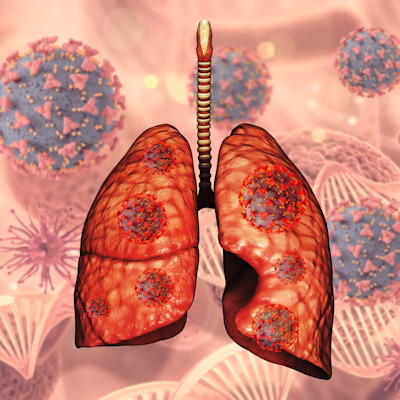August 29, 2022 -- Scientists have discovered 15 instances in which new mucins appear to have evolved through an additive process that transformed a nonmucin protein into a mucin.
By comparing mucin genes in 49 mammal species, the scientists propose that each of these "mucinization" events began with a protein that wasn't a mucin (Science Advances, August 26, 2022). Evolution added a new section onto the nonmucin base consisting of amino acids covered with sugar molecules. By duplicating the new region, multiple copies were added to elongate the protein even further and thus turning it into a mucin.
The duplicates, or repeats, have a high content of proline, threonine, and serine, and support mucins in biological functions that range from lubricating and protecting tissue surfaces to helping make food slippery so it can be swallowed.
The results suggest that secreted proteins rich in proline are natural precursors for acquiring mucin function. The findings have broad implications for understanding the role of exonic repeats in the parallel evolution of new gene functions, especially those involving protein glycosylation, according to the researchers.
Copyright © 2022 scienceboard.net







